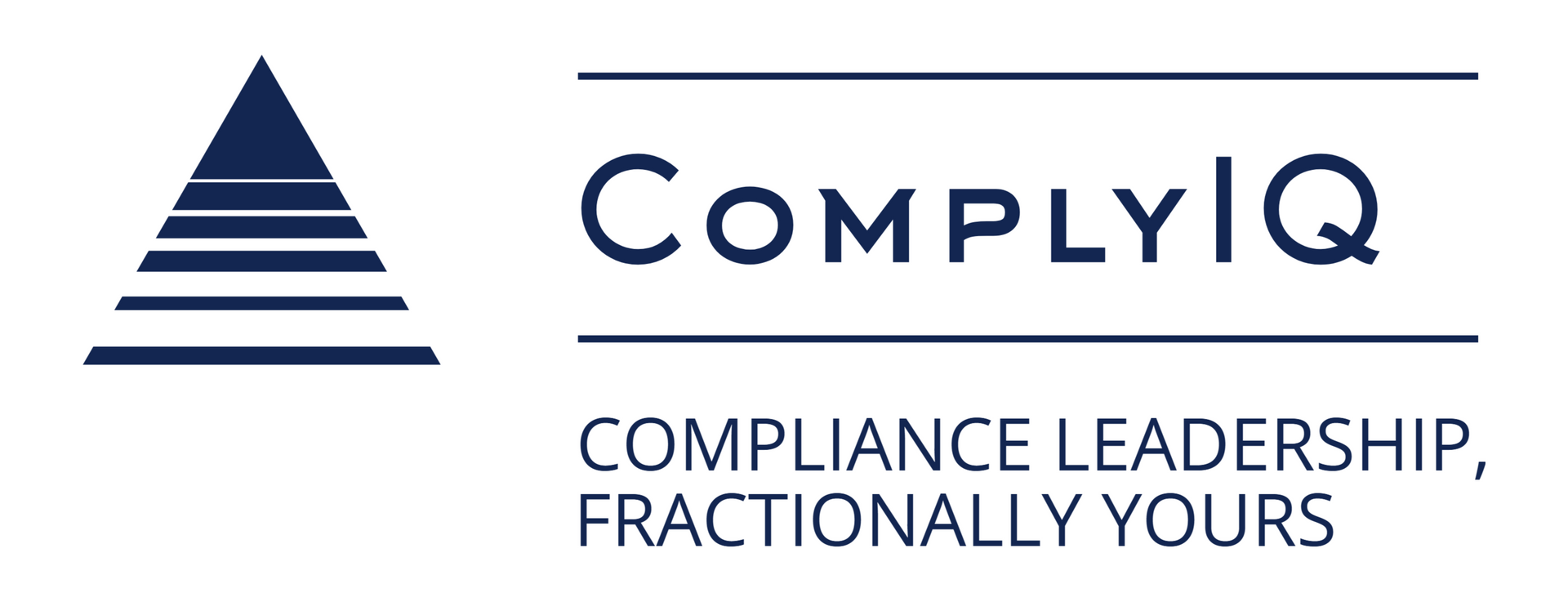Building a Risk Assessment Framework from the Ground Up: A Fintech Guide
Learn how Building a Risk Assessment Framework from the Ground Up helps fintechs map risks, score impact, design controls, and stay examiner-ready without hiring full-time staff.

Understanding Risk Assessment Basics
Earlier this month, a financial services company got hit with $2.3 million in penalties and license reinquisment, because they failed to have appropriate controls in place to comply with state laws.
Your risk assessment framework isn't just paperwork; it's your survival plan. Here's how to build one that actually works.
The Three Risk Pillars
Think of risk like a three-legged stool. Remove one leg and everything crashes.
Operational risk means your systems break down or processes fail. Compliance risk means regulators fine you. Reputational risk means customers leave.
These risks never travel alone.
That company I mentioned? Imagine what happens next. Their oversight failure will trigger all three pillars. Regulators pounced, a large market of operations will consequently collapse, and customers will go elsewhere.
One weak risk assessment created a domino effect.
Banking risk models assume your business stays the same. Fintech moves fast, and your risk assessment must keep up.
What Regulators Actually Want
The CFPB examination manual is clear: document your risk management systems. Examiners want risk appetite statements, regular updates, and board oversight.
But state rules vary wildly.
California wants regular risk assessments for licensed entities. New York demands annual reviews with cybersecurity components. The OCC's fintech guidance adds third-party risk management.
Every jurisdiction speaks different compliance languages. You need someone who knows all the dialects.
That's where multi-jurisdictional experience prevents costly gaps when state and federal requirements clash.
Your Step-by-Step Build Process
Step 1: Map Your Risk Universe
Start with the basics. List every process that touches customer money or data.
Payment flows, onboarding, data storage. Map your third-party connections: processors, identity verification, cloud providers. Each connection creates new risk.
Most fintechs miss this: different products trigger different rules. Lending faces TILA requirements. Payment services need money transmitter compliance. Document which features activate which regulations.
Use risk register templates to stay organized. Include risk owners and potential impacts.
Step 2: Score Impact and Likelihood
Create dollar buckets for potential losses. Small means under $50,000. Big means over $1 million or business-ending.
Don't forget hidden costs—lost customers, delayed launches, damaged reputation.
Build probability ratings using NIST's methodology. Very low means less than 1% chance annually. Very high means over 50%.
Create heat maps showing where risk concentrates. Executives love visuals that tell the story fast.
Step 3: Design Your Controls
Prevention stops problems before they start. Think automated approval workflows and mandatory compliance checks for new features.
Detection gives early warning. Monitor transaction volumes, complaints, and system performance in real-time. Set alerts when numbers spike.
Response handles incidents. Document escalation procedures, regulatory notifications, and business continuity protocols.
Step 4: Test Everything
Sample based on risk ratings. High-risk controls need frequent testing with large samples. Low-risk areas can use lighter approaches.
Follow NIST testing guidance for valid cybersecurity samples. Follow other metrics and testing guidance specific to your industry.
Create examiner-ready documentation with detailed procedures, evidence, and results. Use standardized templates for consistency.
Build remediation processes including root cause analysis and corrective action planning.
Technology That Supports Your Growth
Modern platforms scale with you while automating routine tasks. Archer allows firms to gain enterprise visibility into risk to make informed decisions that propel your organization forward.
LogicGate Risk Cloud offers automated scoring and control testing. Connect APIs from your operational systems for real-time data.
Automate score updates based on transaction patterns and threat intelligence. Consider OneTrust's vendor tools for third-party assessments.
Don't overcomplicate. Enterprise platforms like MetricStream work for large operations, but simpler tools often fit better.
The key is picking tools that work with your existing systems, not replacing everything.
Three Deadly Mistakes to Avoid
Mistake 1: Perfectionism Paralysis
Stop trying to build the perfect system before launching anything. Examiners prefer working systems with improvement plans over incomplete perfect setups. Focus on core processes: payments, onboarding, data security.
Cover 80% of your risk exposure with straightforward controls.
A digital lender recently passed state examination using basic approaches covering their five highest-risk processes. Hit the hot areas like redlining, AI bias, privacy, and UDAAP exposure.
Mistake 2: Compliance Theater
Risk assessment fails when it's disconnected from daily operations.
Build risk checkpoints into product development and vendor selection. Create simple tools non-compliance staff can actually use.
One payment processor integrated risk by creating one-page summaries for new features. Product managers could review them during development sprints instead of waiting for quarterly compliance reviews.
Mistake 3: Documentation Disasters
Poor documentation creates examiner concerns even when controls work.
Use CFPB templates that align with examiner expectations. Implement version control for changes and approvals.
Create executive summaries highlighting key findings and management responses.
Keeping It Current
Schedule annual reviews during budget planning when you can address resource needs.
Create trigger events requiring immediate reassessment: new products, major growth, regulatory changes, big vendor relationships. Track performance metrics including incident rates, examination findings, and control testing results.
Use FAIR Institute quantification models for benchmarking against industry standards.
Conclusion
Your risk assessment determines your survival.
The cost of building proper systems now is nothing compared to regulatory penalties and business disruption later. Don't wait until you're bigger when everything is harder. Start building your foundation today.
Frequently Asked Questions
How long does development take? Most fintechs establish working systems in 6-8 weeks, with full implementation in 3-4 months.
What's the minimum budget needed? Basic development runs $25,000-$50,000 for consulting, plus $10,000-$30,000 annually for technology platforms.
How often should we update everything? Annual reviews are standard, quarterly for high-growth companies, immediate for major changes.
What documentation do examiners want? Risk inventories, scoring methods, testing results, board minutes, and maintenance evidence.
Can we use free templates? GitHub templates provide starting points but need fintech-specific customization.
How do we integrate with existing compliance? Risk assessment should foundation all compliance activities using COSO guidance for integration.
What's the biggest mistake fintechs make? Building systems that exist separately from daily operations instead of integrating risk into business decisions.










